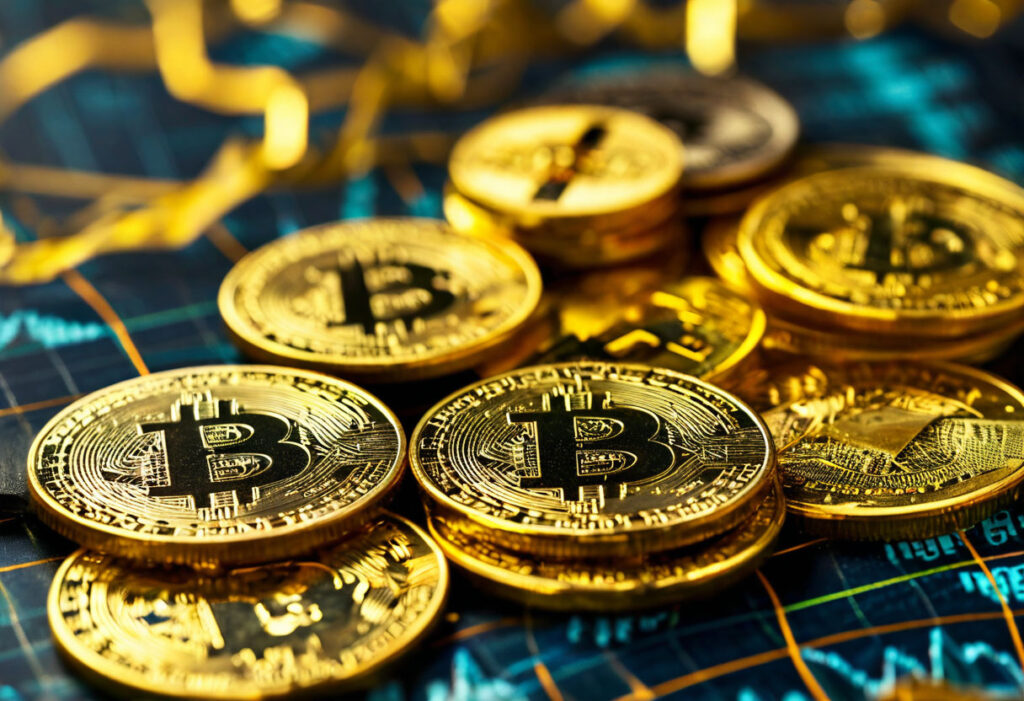Robert Kiyosaki’s Warning on Bitcoin, Gold, and Silver ETFs
Robert Kiyosaki, the celebrated author of ‘Rich Dad, Poor Dad,’ has recently raised concerns about the safety and dependability of Bitcoin (BTC), gold, and silver exchange-traded funds (ETFs). He emphasizes the difference between owning physical assets and holding paper claims, arguing that the latter may not provide the same security or maintain value during financial downturns.
Kiyosaki uses a striking analogy, comparing an ETF to a photograph of a gun for self-defense, to express his doubts about these financial products. He strongly recommends the actual possession of assets such as gold, silver, and Bitcoin as a safeguard against inflation and the weakening of fiat currencies, especially the US dollar.
Contrary to Kiyosaki’s cautionary stance, ETF experts, including Eric Balchunas from Bloomberg, defend ETFs as one of the most secure methods to own Bitcoin. They point to rigorous regulatory standards and the direct backing of shares with real Bitcoin. This discussion highlights ongoing debates about trust in financial systems and their protective measures for investors.
The Debate Over Physical vs. Paper Assets
Kiyosaki’s main argument focuses on the risks of not having physical control over one’s investments. He references historical events where reliance on paper claims for tangible assets resulted in financial turmoil when institutions failed to meet withdrawal requests.
- Physical assets ensure direct ownership and management.
- Paper assets, while convenient and liquid, introduce counterparty risks.
ETF supporters, however, praise these instruments for their ease of use, liquidity, and the regulatory frameworks designed to mitigate fraud. The clear separation of roles between ETF creators and custodians is frequently mentioned as a key element in maintaining these investment tools’ credibility.
Market Reactions and Analyst Perspectives
Kiyosaki’s remarks have elicited varied responses in the market. Some investors are reconsidering their stakes in BTC, gold, and silver ETFs, whereas others maintain faith in these products’ stability and trustworthiness.
Analysts such as Balchunas stress the proven reliability of ETFs and the strict oversight of their operations, arguing that concerns over fraud or financial failure are mostly misplaced. Yet, the conversation also explores the psychological dimensions of investing, underscoring the significance of investor trust in financial products’ stability.
Conclusion: Navigating the Complexities of Modern Investing
The controversy surrounding the safety and effectiveness of Bitcoin, gold, and silver ETFs mirrors wider inquiries into trust, regulation, and the transformation of investment mechanisms in the digital era. While Kiyosaki’s alerts remind us of the possible dangers tied to paper assets, ETF advocates point to progress in financial oversight and the advantages these tools offer to investors.
In the end, choosing between physical assets and ETFs hinges on personal risk appetite, investment objectives, and belief in the financial system’s resilience. As the investment landscape shifts, so will the tactics investors use to secure and enhance their financial well-being.

